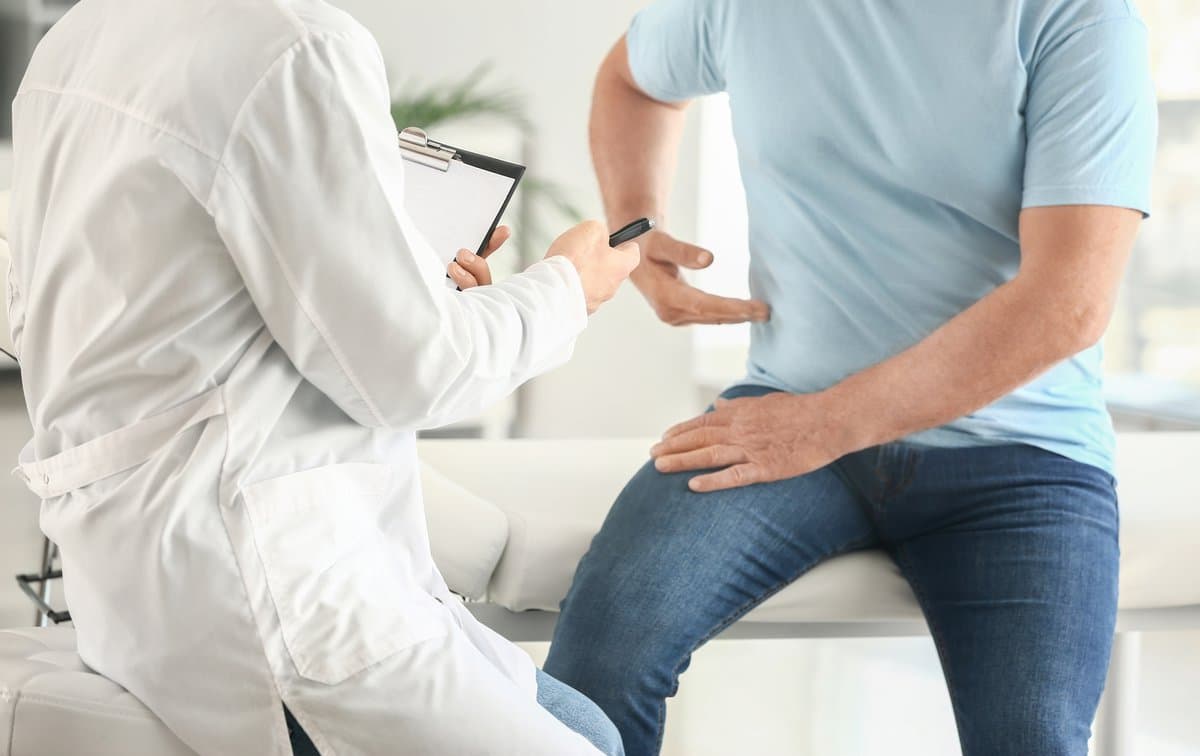
Urology
Urologists are trained in the medical and surgical treatment of kidney, bladder, male infertility and genital problems. You would see them for any urinary troubles, stone passage, erection and other men’s health issues.Telemedicine - new patient - urology
Telemedicine uses technology to connect patients with providers for comonly, routine concerns. Cost per time may vary.$295 - $350
Initial or new patient visit - urology
A new patient visit is the initial appointment undertaken by a patient with health concerns. The purpose of this visit is to address relevant health concerns and possibly order studies to come up with a diagnosis and a treatment plan. On this platform any new health concern will be deemed a new patient visit.$300 - $310
Follow up visit or established patient - urology
A follow up visit is a visit to usually the same doctor with whom you had your initial or new patient visit and, within a certain time frame and for the same original complaint. This meeting serves to review the management and progress of the health concerns you had at the initial visit.$100 - $205
Prostate volume study
An easy way to determine the prostate volume/size is to do an ultrasound study by placing the probe immediately above the pubic bone and directing the sound waves down towards the prostate and measuring its dimensions. The volume can be estimated by height x width x length of prostate x 0.523$120
Catheter and instillation of bladder drugs
A small catheter is inserted into the bladder so various drugs and agents can be poured down the catheter into the bladder. Depending upon the drug the patient will have to wait to urinate for a time in order to let the agent work.
Cost of drugs, such as BCG, mitomycin, bladder cocktails, not included.$150
Ultrasound-guided prostate biopsy
A procedure where an ultrasound probe is placed into the rectum and sound waves are used to take images of the prostate so a needle can be guided into various parts of the prostate to take biopsies. Despite the use of local anesthetic injections around the prostate this study can still be uncomfortable and risky because of possible septic after-effects. The study is commonly done to take needle samples of the prostate to rule-out cancer.$350 - $430
Urodynamic test - urology
Urodynamics is a pressure/flow study of the bladder to see how well it holds urine and how well it releases urine. It gives a clue as to how well the bladder muscles and nerves are working and the study is often done on patients complaining of flow and or leakage troubles. The study takes a few minutes and involves the use of a small catheter inserted into the bladder for filling as well as the use of surface electrodes which are applied to the skin near the anus.$600 - $750
Cystoscopy - urology +/- stretch/stent removal or bladder biopsy
Cystoscopy is usually an office procedure done under topical anesthesia. A narrow telescope is inserted down the urethra to examine the inside of the bladder to evaluate urinary bleeding or other urinary conditions. The cystoscopy is commonly done under camera-control and for women the scope maybe rigid while for men it is typically flexible. A slight stretch of the urethra may be required before the instrument can be inserted. Cystoscopy is also used to biopsy an area of the bladder wall or to remove a stent from the ureter.$280 - $350
Renal and bladder ultrasound
A renal and bladder ultrasound is a painless non-invasive study of the kidneys and bladder using sound waves to create images of the kidneys and bladder. These studies are good for detecting masses, stones, cysts or drainage problems. Studies should be done with a full bladder so that it is easier to detect bladder wall masses.$150 - $200
Foley catheter +/- irrigation
A Foley catheter is a small sterile silicone tube inserted down the urethra (often after some numbing jelly has been instilled) to drain the bladder and relieve urinary retention or bleeding. It is held in place with a small water-filled balloon. The urine drains out of the bladder through the catheter and into the drainage bag. The catheter can be removed once the balloon is deflated to see if natural urination is possible.$75 - $150